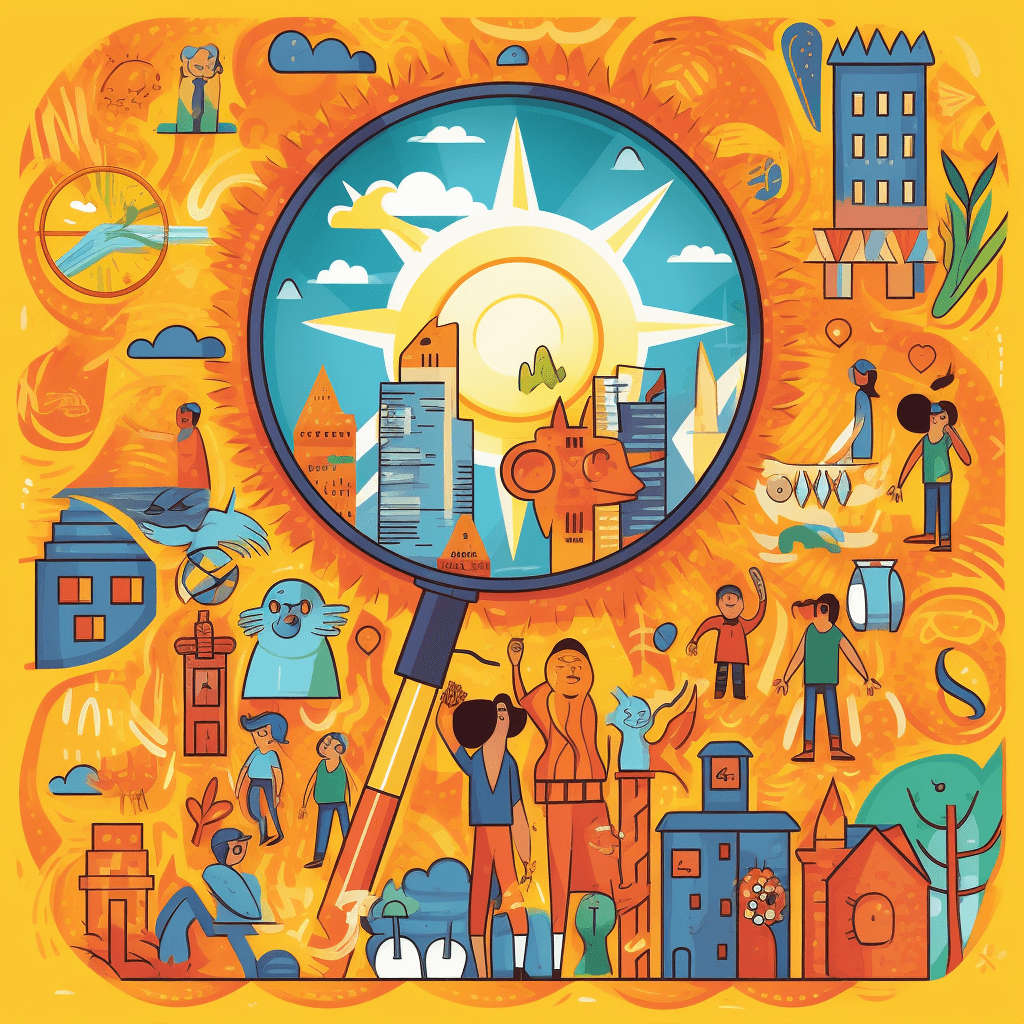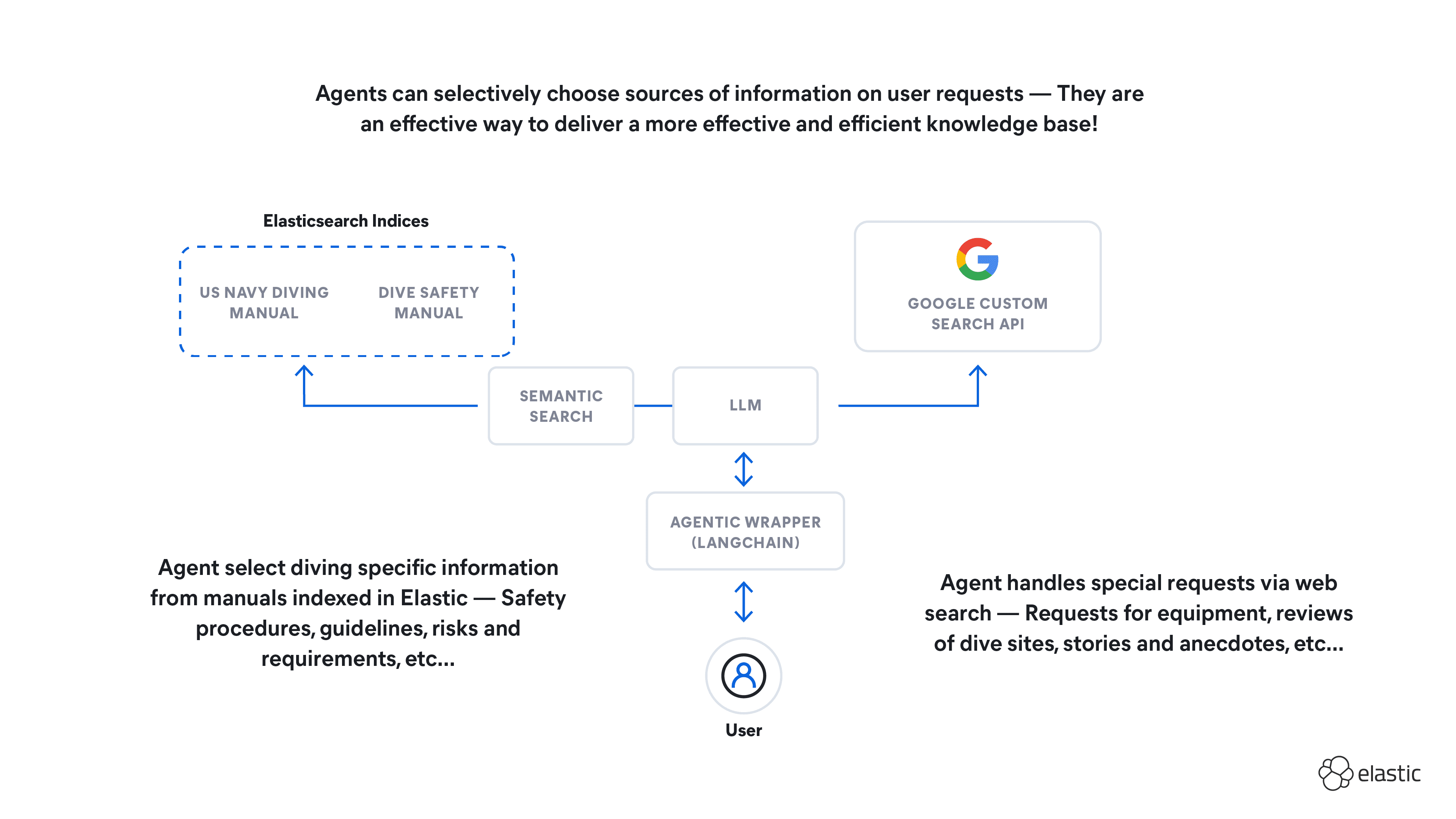Elasticsearch has native integrations with the industry-leading Gen AI tools and providers. Check out our webinars on going Beyond RAG Basics, or building prod-ready apps with the Elastic vector database.
To build the best search solutions for your use case, start a free cloud trial or try Elastic on your local machine now.
The iPhone societal shift: A game-changer in technology
Once upon a time, not so long ago, the world was a different place. The idea of a "smartphone" was still a novelty, and the mobile phone was primarily a tool for making calls and, perhaps, sending the occasional text message. Yes, we had "smart" phones, but they were simpler, mostly geared toward business users and mostly used for, well, phone stuff. Web browsing? It was there, but light, not something you'd do for hours.
In 2007, a giant wave crashed onto the shores of our everyday lives, and the world has never been the same since. This wave was the iPhone. Despite being initially met with a blend of excitement, skepticism, and even downright dismissal (remember BlackBerry's response?), the iPhone quickly became a societal game-changer.

The iPhone wasn't just a phone; as Steve Jobs put it “An iPod, a phone, and an Internet communicator... do you all get it? It's not three devices, it is one phone.”* Not long after, the launch of the App Store opened up a Pandora's box of possibilities, sparking a digital revolution. It wasn't long before iPhones were everywhere, glued to the hands of users across the globe. Suddenly, the world was at our fingertips. Full internet knowledge available in your pocket? It was no longer a dream but a reality.
But the societal shift wasn't just about technology; it was about the way we interacted with the world and with each other. The iPhone changed the way we consumed media, the way we shopped, the way we worked, and even the way we dated. It turned us into hyper-connected beings, capable of connecting with anyone, anywhere, at any time (for better or worse).
Fast forward to today, and it's hard to imagine a world without our smartphones. They have become such an integral part of our lives that we often take them for granted. But just as we've grown accustomed to this technological marvel, another revolution is brewing, one that promises to be just as transformative, if not more so, than the iPhone. And this revolution is being led by large language models (LLMs) and chat interfaces like ChatGPT.
Large language models (LLMs) following a similar pattern: The next big wave
Just as the early "smart" phones paved the way for the iPhone, we've been living in the prelude to the LLM revolution for quite some time. Over the past 50+ years, humans have been moving more and more toward intuitive approaches to interacting with information systems. SQL provided a way to describe what a user was searching for. Natural language processing (NLP) provided a way to pull context from natural human questions, allowing programmers to key in on specific entities. And now today, generative AI allows humans to use completely natural language to interact with information systems.
Of course machine learning (ML) models have been around for decades, and while they might have seemed "simpler" in comparison to what we've experienced in the past several months, they've been doing their job, steadily learning and improving. Most of these models were designed with a specific task in mind — be it classification, regression, or something else.
In the years leading up to the advent of ChatGPT, deep neural networks (DNNs) were becoming very powerful, especially for image tasks. In NLP, gated recurrent neural networks, while not transformer-level accurate, were used by most state-of-the-art NLP systems. Further, these advanced models were typically used by organizations, not by individual users.
Individuals had access to simpler versions of bots before ChatGPT came on the scene. Think Siri and Google Assistant. Or Microsoft’s early efforts in the short-lived but noteworthy Tay. These “AI assistants” could answer our commands, answer our questions, perform simple tasks like looking up the weather, and even execute pre-configured automation tasks. But they were just the precursors to something much bigger.
Then came ChatGPT, and with it, the dawn of a new era. For many, this was the first introduction to directly interacting with an LLM. Thanks to the free web browser interface, the general population could now interact and chat with an LLM. Sounds like a minor thing, right? But this seemingly simple interaction marked a seismic shift in the relationship between humans and AI.
Just as with the iPhone, the initial reactions to ChatGPT were mixed. There was excitement, sure. The technology enthusiasts and futurists could hardly contain their glee. But there was also skepticism, and in some corners, outright fear. Could this be just a fad? Would LLMs replace jobs? These questions continue to loom large in the public discourse.
But just as with the iPhone, the excitement around LLMs is growing. Google, Facebook, and other tech giants are releasing their own LLMs and chatbots. Azure is a close partner and funder of OpenAI (the creator of ChatGPT) and is integrating ChatGPT into its full suite of products. Open-source LLMs are rapidly evolving, with some insiders even suggesting they might eventually surpass Google and OpenAI.
So here we are, standing on the precipice of another societal shift. The wave of the LLM revolution is swelling up, ready to wash over us. And just as the iPhone did more than a decade ago, LLMs are poised to change our lives in ways we can barely begin to imagine.
The upcoming societal shift

The increasing interest in LLMs has already led to transformations across various industries. However, this in turn has given rise to concerns surrounding bias, inaccuracy, and security. In the coming years, the norm for people to interact with data will be with search boxes, chatbots, and prompts built to execute workflows. The shift has already begun.
Large language models aim to comprehend and generate human-like text, drawing from the syntax, semantics, and context of natural language. Despite not matching human performance in all situations, the latest version of ChatGPT has shown comparable results in various professional and academic settings. Unveiled in March 2023, it stands out from other models with features like visual input, higher word limit, improved reasoning, and steerability.
These large models excel at understanding and creating human-like text across a broad spectrum of topics and applications, leading the field of natural language processing. They shine in tasks such as sentiment analysis, text summarization, translation, question-answering, and code generation. However, they face challenges that extend beyond content generation. For instance, no new information is added to the model past data collection time. This hard stop on knowledge date can lead to inaccurate responses, especially as information changes over time. They also grapple with biases from their training data, leading to outputs that may perpetuate harmful stereotypes. Another issue is the potential for generating inappropriate or offensive content. Furthermore, these models are computationally intensive, requiring significant resources to operate effectively. They also come with constraints like token limits, which affect the length and complexity of the content they can generate. Lastly, the operational and usage costs associated with these models can be high, making access and scalability a concern for many users.
These challenges necessitate more research and development to mitigate the issues and unlock the full potential of these models. With advancements in technology, it is anticipated that future iterations will have enhanced capabilities and fewer limitations. Consequently, this will pave the way for their wider acceptance and integration into societal structures.
As these models become more accessible and affordable, they are anticipated to revolutionize various aspects of life and work. In academia, LLMs could serve as invaluable research assistants, navigating through vast bodies of literature to provide succinct summaries or propose innovative research trajectories. In the business sector, they could power customer service chatbots, offering 24/7 support and managing customer inquiries with an almost human-like fluency and understanding.
LLMs' potential applications extend even further. For instance, in the realm of education, they could offer personalized tutoring, adapting to each student's unique learning pace and style. In healthcare, they could assist in analyzing patient symptoms and medical literature, thereby supporting clinical diagnosis and treatment decisions. The integration of LLMs into our lives promises to not only enhance our productivity but also to enrich our experiences in numerous life domains.
In light of these developments, it is essential for society to adapt and evolve alongside these technologies. This includes developing regulatory frameworks, ethical guidelines, and educational programs to handle the impact and implications of large language models. The way we work, communicate, and interact is set to change dramatically in the coming years, underscoring the importance of being ready for this upcoming societal shift.
To effectively navigate this shift, it is crucial to leverage organizations that are at the forefront of this technological wave, using their expertise to harness the potential of LLMs. One such organization is Elastic. As a builder, I love thinking about new things we can build and as a long-time user of Elasticsearch, it's fun to think about the role Elasticsearch will play in building new tools to harness the potential of LLMs.
Seizing the future with large language models
Elastic, known for its innovative and powerful search capabilities, is perfectly positioned to capitalize on the societal shift toward large language models. As LLMs continue to revolutionize various sectors, Elastic is not just staying abreast of this transformative technology but is leading the charge in developing strategies to help its users harness the full potential of these models.
The Elasticsearch Relevance Engine
TM (ESRETM), a best-in-class document retrieval system, pushes the boundaries of what LLMs can achieve by facilitating access to real-time public data. Elastic is extending this functionality to proprietary information as well. Through secure and tailored solutions, Elastic enables LLMs to help internal employees navigate complex documents with ease while maintaining privacy control over their data with features like role-based access control (RBAC).

Elastic also enables users to centralize their observability and security data, and integrating this with the reasoning capabilities of LLMs opens up a new world of possibilities. The transformative potential of this integration can be glimpsed in a recent blog post, which demonstrates one-way Elastic can integrate with LLMs, or this blog discussing how to integrate Elasticsearch with open-source LLMs. In addition, a recent contribution to the LangChain Python library shows how Elastic can be used to generate vectors, and this PR allows Elastic to be used as a vector database storing embeddings and performing approximate kNN and hybrid search.
The future of generative AI is here. Stay informed on all things related to AI by signing up to receive exclusive news, Elastic product updates, AI trends, hands-on demos, and more!

- ESRE Launch Blog and product page
- Elasticsearch and GPT
- Privacy-first AI search
- Vector Search Isn’t Enough | MS Build Talk
- ChatGPT and Elasticsearch: Faceting, filtering, and more context
- ChatGPT and Elasticsearch: APM instrumentation, performance, and cost analysis
- Enhancing chatbot capabilities with NLP and vector search in Elasticsearch
- Elastic introduces Elastic AI Assistant
- AI on offense: Can ChatGPT be used for cyberattacks?
- Modern NLP in the Elastic Stack: NLP at scale
- Logs: Understanding TLS errors with ESRE and generative AIGenerative AI for the public sector
The release and timing of any features or functionality described in this post remain at Elastic's sole discretion. Any features or functionality not currently available may not be delivered on time or at all.
In this blog post, we may have used third party generative AI tools, which are owned and operated by their respective owners. Elastic does not have any control over the third party tools and we have no responsibility or liability for their content, operation or use, nor for any loss or damage that may arise from your use of such tools. Please exercise caution when using AI tools with personal, sensitive or confidential information. Any data you submit may be used for AI training or other purposes. There is no guarantee that information you provide will be kept secure or confidential. You should familiarize yourself with the privacy practices and terms of use of any generative AI tools prior to use.
Elastic, Elasticsearch and associated marks are trademarks, logos or registered trademarks of Elasticsearch N.V. in the United States and other countries. All other company and product names are trademarks, logos or registered trademarks of their respective owners.
Frequently Asked Questions
How is Elastic involved in the LLM revolution?
Elastic is at the forefront of the LLM revolution, helping users elevate LLMs by providing real-time information and integrating them into search, observability, and security systems for data analysis.




